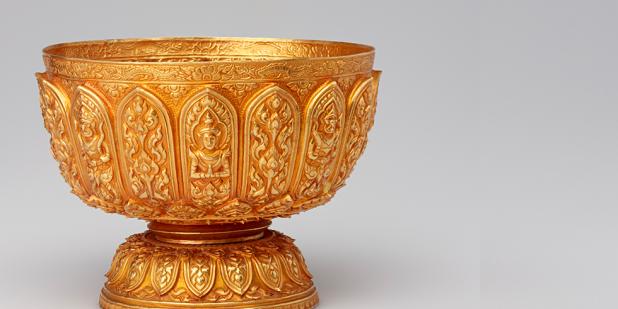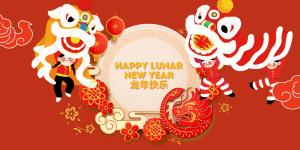Happy Lunar New Year from the USC US-China Institute!
Hidden Gold Mining its Meaning in Asian Art
Gold. It evokes power, wealth, royalty, devotion and, above all, immortality.
It also signifies a 50th anniversary — a milestone the Asian Art Museum reaches in 2016. To celebrate, we’re presenting Hidden Gold, an exploration of gold’s physical and symbolic qualities through a selection of pieces from the museum’s magnificent collection.
Where

Gold. It evokes power, wealth, royalty, devotion and, above all, immortality.
It also signifies a 50th anniversary — a milestone the Asian Art Museum reaches in 2016. To celebrate, we’re presenting Hidden Gold, an exploration of gold’s physical and symbolic qualities through a selection of pieces from the museum’s magnificent collection.
Spanning 1,500 years of history and diverse Asian cultures, Hidden Gold investigates the universal regard for this precious metal and the many ways it’s incorporated into art. Gold shimmers as embroidery on a Korean bridal robe, glimmers in wisp-thin leaf on a Thai manuscript and illuminates a Qing dynasty screen with inlayed images of quails and chrysanthemums. There’s also a local connection to the metal. California’s position on the world stage is inconceivable without the quest for gold. Hidden Gold boasts a large raw nugget, a nod to the Golden State and the legacy of its mining history.
For a modern interpretation of that legacy, the Asian Art Museum will also present Extracted, a contemporary exhibition that builds on Hidden Gold’s themes through an experimental new film medium developed by local artist Ranu Mukherjee.
As we commemorate the museum’s past and look toward the future, join us to reflect on the sparkle and significance of this extraordinary, enduring metal.
Featured Articles
We note the passing of many prominent individuals who played some role in U.S.-China affairs, whether in politics, economics or in helping people in one place understand the other.
Events
Ying Zhu looks at new developments for Chinese and global streaming services.
David Zweig examines China's talent recruitment efforts, particularly towards those scientists and engineers who left China for further study. U.S. universities, labs and companies have long brought in talent from China. Are such people still welcome?






